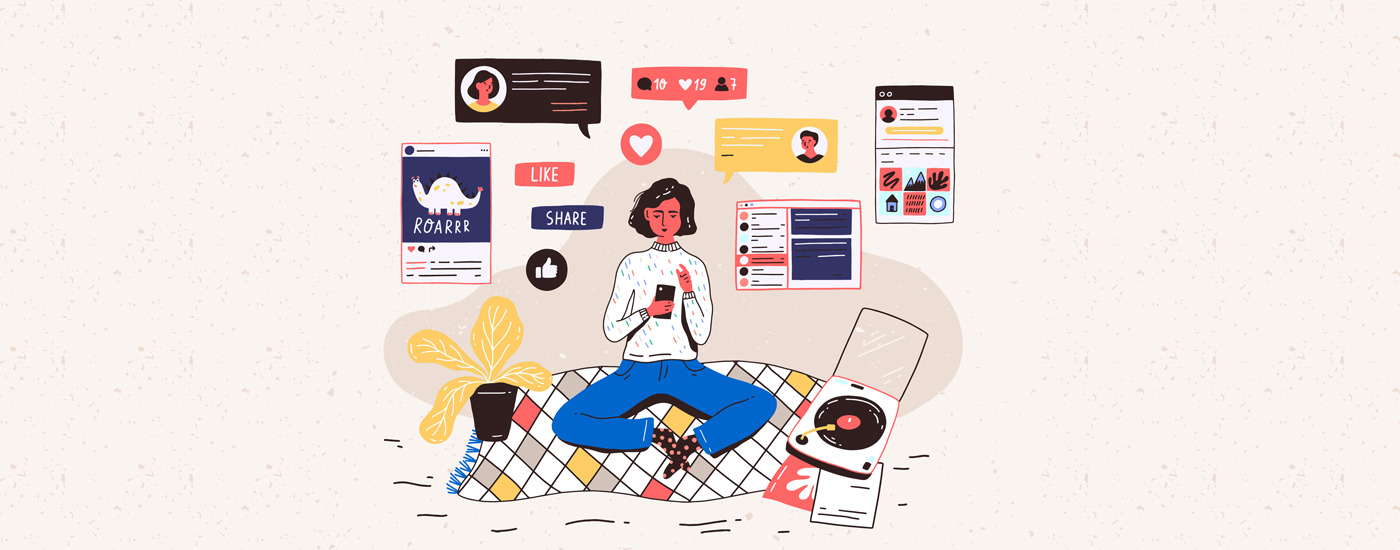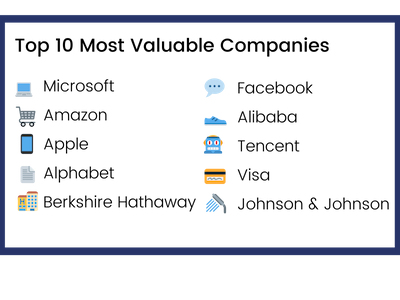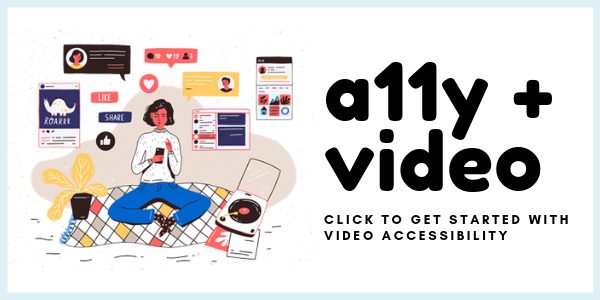Internet Trends & What they Mean for Accessibility
Updated: July 15, 2019
We live in the age of internet domination.
51% of the world’s population are internet users (a number that is more slowly climbing up than previous years as most of the people who are likely to be online are, well, already online).
Seven out of the ten most powerful companies in the world are tech companies including Amazon, Apple, Alphabet, and Facebook.
Yet, despite the importance of the internet in our culture, web accessibility lawsuits are skyrocketing. The internet, in all its glory, is still profoundly inaccessible.
Thankfully, the discussion around accessibility and its importance for both inclusion and the user experience is becoming more prominent. And as internet trends continue to surpass those of brick-and-mortar operations, it’s important to pay attention to how accessibility should be considered every step of the way.
Let’s take a look at the major internet trends according to Mary Meeker and what they mean for accessibility.
Internet Trend 1: E-commerce Makes Up 15% of Retail Sales 🛍️
The convenience – and dominance of Amazon – has made e-commerce an essential part of our lives. In Q1 of 2018 alone, e-commerce grew by 12.4% compared to the previous year. To help put the magnitude of this growth into perspective, regular retail growth only grew by 2% in Q1.
What Does this Mean for Accessibility?
According to a study by Usablenet, e-commerce was hit with the majority of web accessibility lawsuits in 2018. Fashion houses like H&M, Glossier, and Louis Vuitton were just three of the companies in the long list of brands sued for inaccessibility.
The majority of lawsuits are sited as a violation to the Americans with Disabilities Act (ADA), which protects individuals from discrimination by public and private entities. While the ADA does not mention the internet, it’s continuously being applied to the online world.
All businesses on the internet should begin integrating accessibility into their process. They should ensure that both internal and external communication portals – like a web app or a website – are accessible.
Checkout this comprehensive guide to WCAG 2.0, the international standards for web accessibility.
Internet Trend 2: Internet Ad Spending is Up 22% in 2018 💸
It is estimated that $129.3 billion is spent on internet advertising in the United States. Many predict that by the end of 2019, internet ad spending will surpass traditional advertising spend.
Raise your hand if you’ve ever bought something off an internet ad. 🙋♀️
The magic of online advertising is personalization. Sure, it’s creepy that after talking with Janet about potbelly pigs you are now getting served potbelly pig ads everywhere you go online; but isn’t it great when that one ad alerts you about a mega-sale at your favorite store?
Most ad spending is happening on Google and Facebook (which includes Instagram), but Amazon and Twitter are also seeing a good portion of the ad spend share.
So, What Does this Mean for Accessibility?
If you are going to spend on online advertising to attract customers, shouldn’t your ads be accessible for everyone?
The problem with the internet is that we are all hidden behind a screen. You can’t tell much about a person browsing your site except what you get from online forms. So in order to serve the maximum majority of customers, your ads should be designed with accessibility in mind.
Accessible internet ads should be:
- 🎨 Color contrast friendly
👓 Readable
⌨️ Screen-reader and keyboard accessible
🔈 Captioned if they have spoken audio
🖼️ Audio described if they have images or video
In addition to making the ad itself accessible, also consider the path of the customer. 71% of people with disabilities will leave a website immediately if it’s not accessible. Making sure your website experience is accessible will ensure that your ad spend does not go wasted.
Internet Trend 3: Americans are Spending 6.3 Hours a Day with Digital Media 📱
You can blame the smartphone for our addiction to the internet. As trends show, mobile use is increasing, while computer use declines.
Digital content is both engaging and addicting – and there is so much of it on the internet you could go down a rabbit hole of funny cat videos alone.
What Does this Mean for Accessibility?
Digital media includes videos, audio content (like podcasts and audiobooks), software, video games, websites, social media, and everything in between.
If you’ve kept up with me up to this point, then you know by now that making digital content accessible is imperative for inclusion and an optimal user experience. As we all continue to produce more content, we need to make sure that we are testing for accessibility.
Examples include captioning your videos, providing transcripts for podcasts, adding alt-text to images, and making content keyboard accessible.
Bottom line: Incorporate 👏 accessibility 👏 into 👏 your 👏 process 👏 – it’s infinitely easier to ensure content is accessible during the process than after.
Internet Trend 4: Images are Becoming the Means by which People Communicate 📷
If you didn’t snap it, it didn’t happen – right? 🤳
More than 50% of Twitter posts now include an image, video, or other media. Instagram is literally a platform that allows us to share images.
With better phone cameras, we are all becoming amateur photographers.
What Does this Mean for Accessibility?
Add alt-text to images, caption your videos, and transcribe podcasts. All of this helps improve the accessibility of your content, and as an added bonus, it also makes your content SEO-friendly.
Internet Trend 5: 2.4 Billion People are Gaming 🎮
The number of players on interactive games, like Fornite, grew to 2.4 billion people in 2018. More people are playing video games, and more people are also watching other people play video games.
What Does this Mean for Accessibility?
At the begining of 2019, the CVAA law for video accessibility came into effect.
The CVAA specifically states that video game communication functionality must be accessible to people with sight, motor, speech, cognitive, and hearing disabilities.
As legal legislation continues to address accessibility in video games, developers should be proactively implementing it into their process.
Part of the appeal of video games is the community they help foster. A good community will strive to be inclusive of all members, which includes members with disabilities.
Accessibility is Part of a Good Internet Society 🌐
The internet is like a separate society we can all access on-demand.
Just like buildings have elevators and ramps, the internet should also have accessible infrastructure in place.
Building an accessible internet is imperative for the creation of an inclusive digital society. As internet trends continue to surpass those of our physical world, we need to be incorporating accessibility more often into our processes.
Creating accessible video is crucial for inclusivity on the internet. 3Play Media can help you create accurate, high-quality captions for your videos. 🙌







